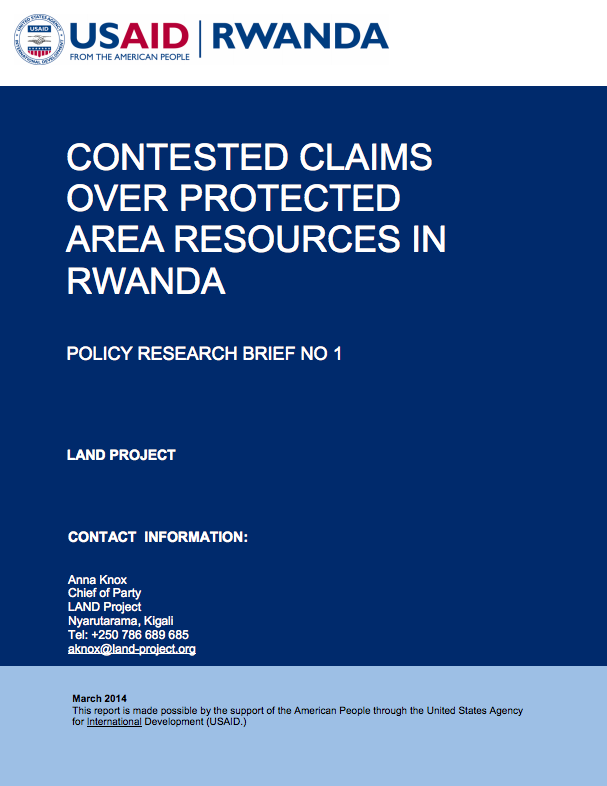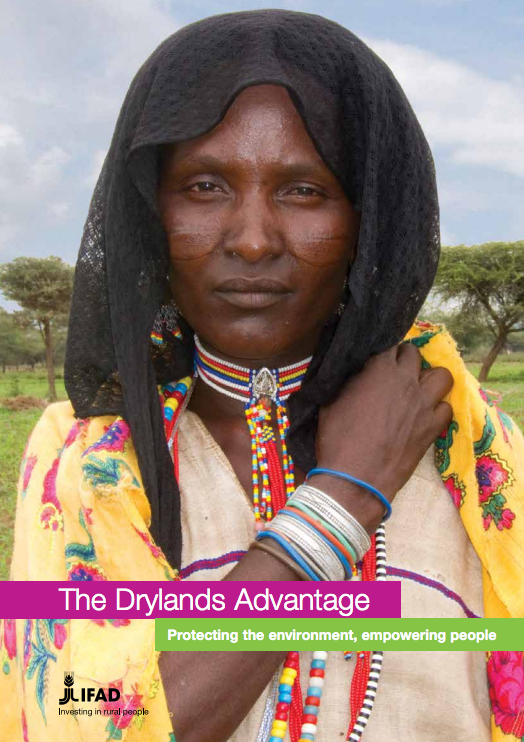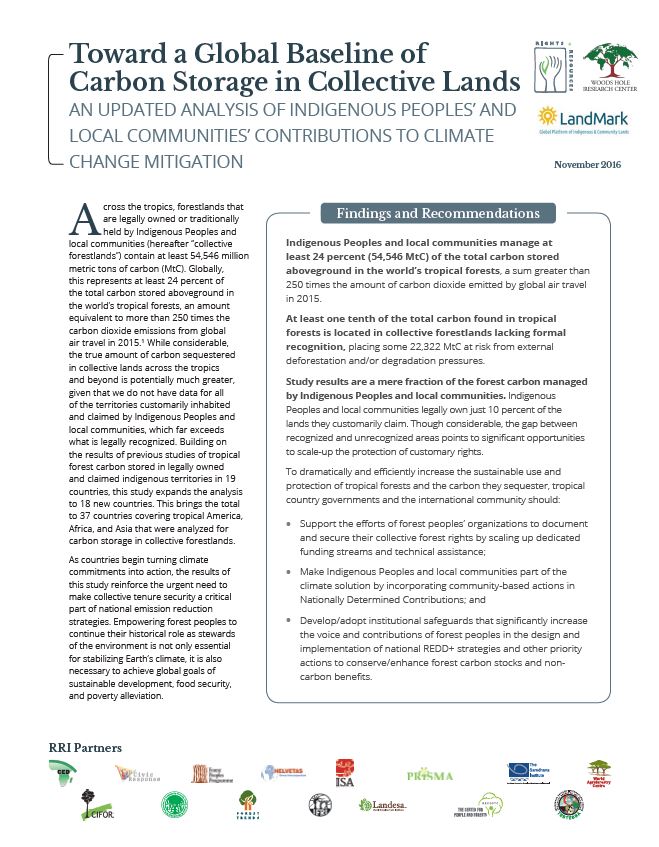A guide to the Restoration Opportunities Assessment Methodology (ROAM)
Recent developments have seen forest landscape restoration (FLR) become widely recognized as an important means of not only restoring ecological integrity at scale but also generating additional local-to-global benefits. This handbook presents the Restoration Opportunities Assessment Methodology (ROAM), which provides a flexible and affordable framework for countries to rapidly identify and analyse FLR potential and locate special areas of opportunity at a national or sub-national level.





